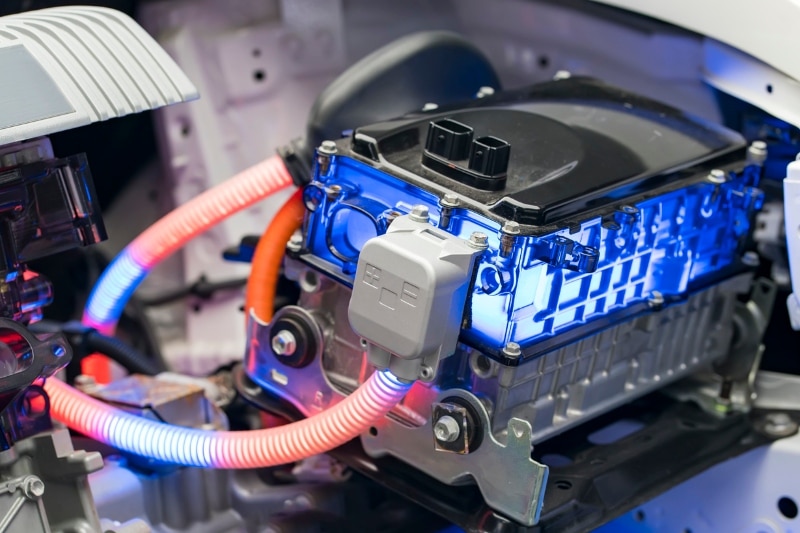A subsidiary of China’s CATL, in partnership with local firms, has begun construction on a battery manufacturing complex in West Java, Indonesia, as part of a project the world’s largest lithium-ion battery producer says will encompass the entire battery value chain.
The Indonesia Battery Integration Project will span multiple sites covering nickel mining and processing, battery materials production, recycling, and a manufacturing facility with an initial annual capacity of 6.9 GWh, with CATL planning to invest approximately USD 6 billion in the initiative.
CATL’s battery recycling subsidiary, Brunp, is collaborating on the project with PT Aneka Tambang (PT Antam), an Indonesian-based vertically integrated mining and metals company, and the Indonesia Battery Corporation (IBC), established to promote the development of the country’s battery industry.
While IBC’s goals highlight its ambitions to position the materials-rich country in the global electric vehicle (EV) industry, the initiative also seeks to develop a fully integrated upstream-to-downstream energy storage system (ESS) ecosystem domestically.
IBC is jointly owned by four of Indonesia’s largest state-owned enterprises, PLN, Antam, Inalum, and Pertamina, each holding a 25% stake. The company has signed an agreement with Malaysian engineering consultancy CitaGlobal to explore the development, design, and construction of manufacturing and integration facilities for cell, module, pack, and turnkey battery energy storage systems (BESS).
A groundbreaking ceremony was held for a battery manufacturing plant in Karawang, West Java Province, approximately 32 miles east of Jakarta, within the Artha Industrial Hill estate in Karawang New Industry City (KNIC). The gigafactory will produce cells and modules, while the wider 2,000-hectare project will also encompass nickel mining and processing, battery materials production, and recycling facilities at FHT Industrial Park in East Halmahera, North Maluku Province, around 1,400 miles from Java.
CATL stated that the recycling facility is expected to achieve a metal recovery rate of over 95% and produce 142,000 tonnes of nickel, along with 30,000 tonnes of cathode materials annually. While the company did not specify the battery chemistries to be produced, Indonesia’s strong position in nickel resources and extraction suggests a likely focus on nickel manganese cobalt (NMC) or similar chemistries rather than lithium iron phosphate (LFP).
In January 2025, Chinese lithium-ion manufacturer REPT Battero announced plans to build the Indonesian Battery Factory, a gigafactory dedicated to producing cells for BESS with an annual capacity of 8 GWh.
(Source: Energy Storage News)

